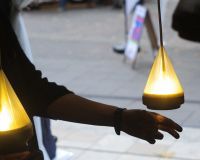Posted on Thu 26 May 2016
Workshop conclusions and what's next
It is good to gather my thoughts once again in a sort of final report on how the workshop impacted my residency at the PM Studio. Condensing the conclusions we drawed should give everyone a good idea of where we are at the moment, as well as help me settle down my understanding of how to use what we…

Posted by
Project

New and Emerging Talent residencies 2015
From July to September 2015, robotics startup designer Vitória Maurício, game designer and producer Roz Dean and composer and designer Thomas Williams will be joining us for the Pervasive Media Studio’s 2015 New and Emerging Talent residency programme. The programme enables those at an early…It is good to gather my thoughts once again in a sort of final report on how the workshop impacted my residency at the PM Studio. Condensing the conclusions we drawed should give everyone a good idea of where we are at the moment, as well as help me settle down my understanding of how to use what we learned.
In the workshop we did a number of things. We talked to people, we were given really generous and personal insight into their lives and their relationship with prosthetics, we were lucky to have a very diverse group with each person’s opinions being very different from everyone else’s.
We ran three tests: a test of the functionality of our current prosthetic hand prototype, a test of a haptic feedback system (to give wearers tactile feedback when using the hand and grabbing objects), and a creative workshop - “impossible hand workshop”, where we were given just what we asked for: all kinds of cool, (im)possible ideas for features and uses of a prosthetic hand.
Here are some suggestions we received of features that could be really useful, and some crazy ideas as well. When going through the list below don’t be intimidated by the most daring ones - we take our requests very seriously but (unfortunately?) children’s ideas that have the potential to put their own safety and the safety of others at risk, will not be constructed lightheartedly (despite how cool, and useful in the forest/camping a torch with actual fire on the end of a hand could be)...
-
Scissors tool in the hand
-
Adaptation for riding a bike
-
Adaptation to hold knife & fork
-
Hand prepared for keyboard shortcuts
-
Waterproof tool to wash hair
-
Precise grip for precise maker tasks (i.e. threading a needle)
-
Knives in the fingertips (is someone an Edward Scissorhands fan…?)
-
Fire in the fingertips (someone is very creative)
-
Stickers and ‘Etch A Sketch’ to personalise the looks of the arm!
In the haptic feedback tests we learned a lot. As luck would have it, it seems we over-prepared our system. Every time, I am pleased to find that more often than not, a simple solution is a better solution.
We prepared our tactile feedback system to be able to connect to five different vibration motors to give the user feedback about the location of which finger in the hand when grasping objects. However, we found that overall people think a simpler solution might be more intuitive, it is likely that one vibration motor alone will give wearers enough information - a simple, short ‘bzz’ should tell them enough about which kind of grip they are currently activating in the hand, and when the hand is responding to their commands. This information is something we could not have obtained without the help of those willing to test the system. When developing, we must take time to get out of the robotics laboratory and speak to people, we can’t know what our prospective prosthesis wearers want unless we ask. When you create something for someone, no opinion is more important than theirs. (Also, running a workshop is incredibly fun.)
We scanned some workshop attendees and were very impressed by how still little kids were willing to stay for 5 minutes (or a bit more)! However, our 3D scanning method will benefit from looking into how it can be more easily done with children. Overall we learned a lot about how we are currently proceeding, the strengths and also areas that need improvement on our techniques.
Take a look at all the illustrations by Joff Winterhart of the workshop day. Rosie Cooke from the PM Studio was so kind - scanned the illustrations, edited them nicely and made them all ready and available here!
Again, a big thank you to everyone who was a part of that day :)
What’s next? For the rest of the time I have in this residency programme at the studio, I plan to sketch ideas and (hopefully) design one or two useful tools that could be integrated in the hand, taking inspiration in requests for features that we gathered from the workshop. It would be excellent to have a prototype in the end to turn these ideas into tangible things! We shall see...
